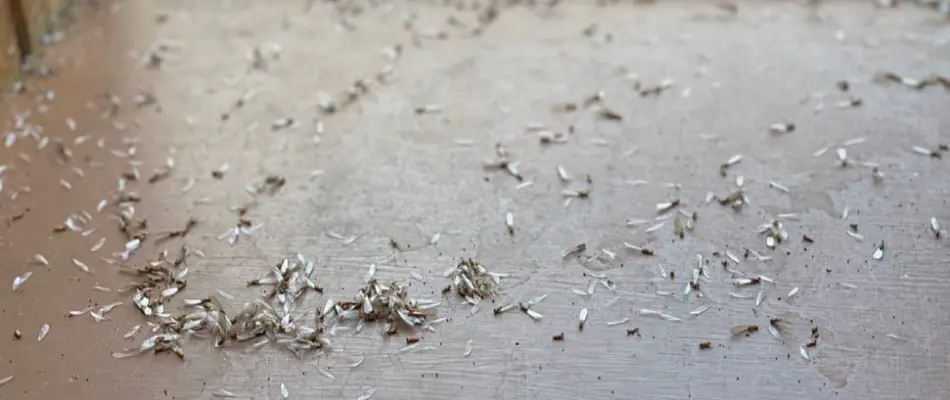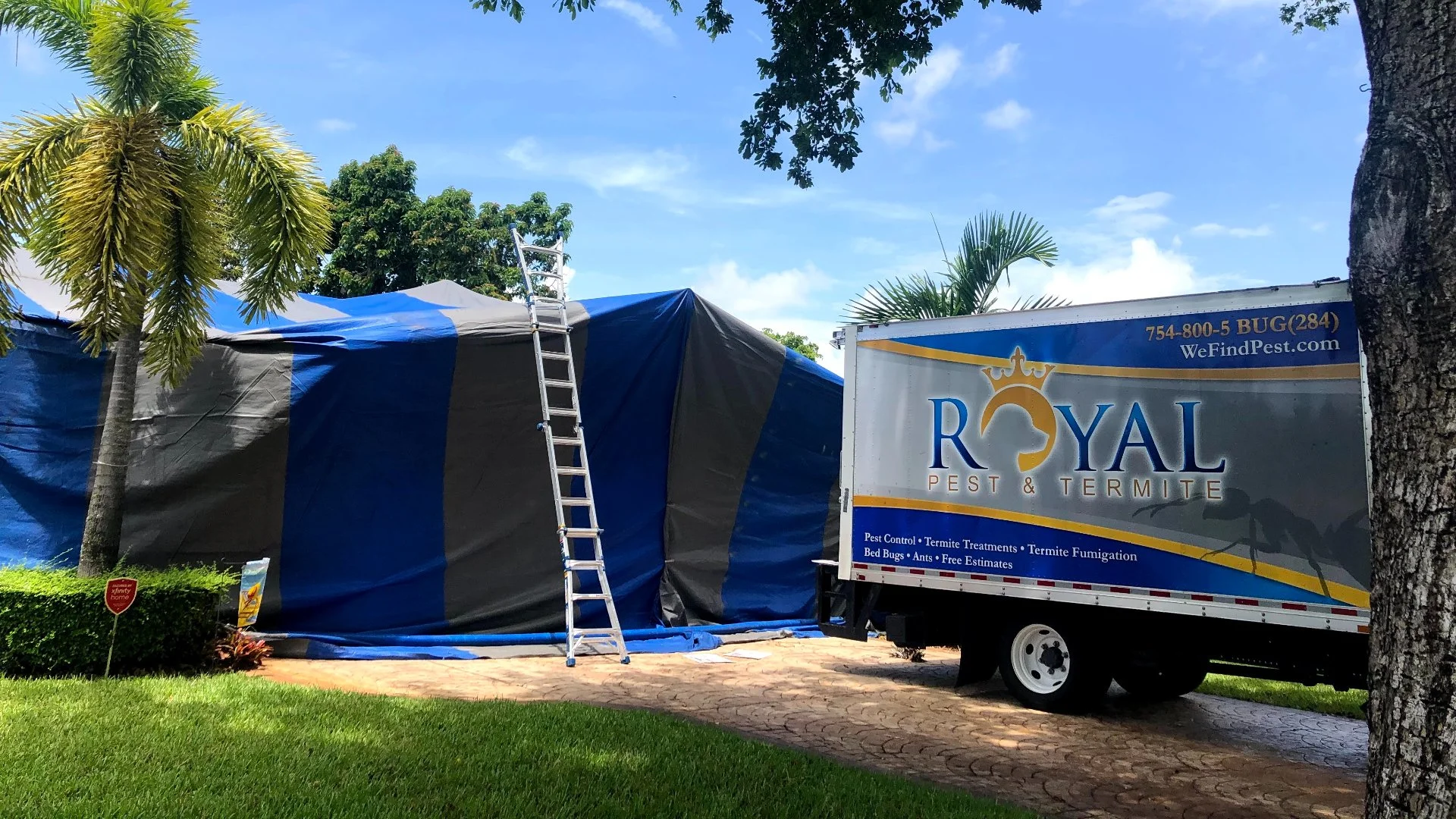Fumigation is an effective way to eliminate an existing termite infestation in Florida. However, after the process is complete, there are a few things you should expect. Evidence of the infestation may still remain, such as droppings or broken wings. You may also begin to notice ants, as they come to feed on the dead termites. Additionally, you may see a different type of termite since each type requires a specific treatment process. In the future, there's also the chance of another infestation of the same pest. This is because fumigation is used to treat existing infestations, so if they come back years down the road, it's not because the treatment didn't work but rather they found their way into your home or business again.
After fumigating, you may still notice evidence of the termite infestation.

Although fumigation is highly effective at eliminating a termite infestation, it won't remove evidence of the infestation that was once there. If you still see signs of an infestation afterward, don't be alarmed! This is normal. For example, immediately after fumigating for termites and in the near future, it's common to still see evidence left over, such as dead termites, termite droppings, or broken-off wings that are still inside the walls of your home or business. You may see damaged areas where the infestation took place, such as wood that's been chewed through and wood shavings on the floor.
Seeing ants inside after a fumigation service is normal, as they come to feed on the dead termites.
If you notice ants inside after the fumigation service, this is a sign that the process was successful! That's because ants will come to feed on the dead termites, so seeing them is normal and means the infestation has been eliminated. Ants will typically leave small dirt piles as well that allow them to access and break down their food before bringing it back to the colony.
Noticing a different type of termite after fumigating doesn't mean the treatment didn't work.
Several types of termites could infest your property. Subterranean and drywood termites are two common types that infest wood structures. The process to eliminate each specific termite is different, so if you fumigated for drywood and still notice termites, it doesn't mean the treatment didn't work. This simply means there might now be another type of termite infesting your property, as fumigation won't eliminate subterranean termites since they differ by making mud tubes and require a different treatment method.
If you fumigate for drywood termites and see subterranean termites in the future, you'll need to have your property treated again specifically for the latter.
Fumigation is used to treat existing termite infestations, so a future reinfestation is still possible.
Structural fumigation is effective in eliminating existing termite infestations, but it's not used to prevent future ones from occurring. For this reason, it's still possible for reinfestation of the same pest to take place in the future. If you do notice another infestation of the same termites years later, this doesn't mean the treatment failed. This means your property is the target of another infestation and will need another treatment to remove the pests once again.
Give us a call to schedule our termite control service!
If your property is infested with termites, our team of licensed professionals at Royal Pest & Termite is here to help! We offer a termite control service, where we will identify the specific type of termite infesting your property before utilizing the most effective treatment method based on that, whether fumigation or another method. We offer our termite control service to residential and commercial properties in Miramar, FL, and other surrounding areas, including Pembroke Pines and Davie. Give us a call today at (754) 800-5284 to sign up!


